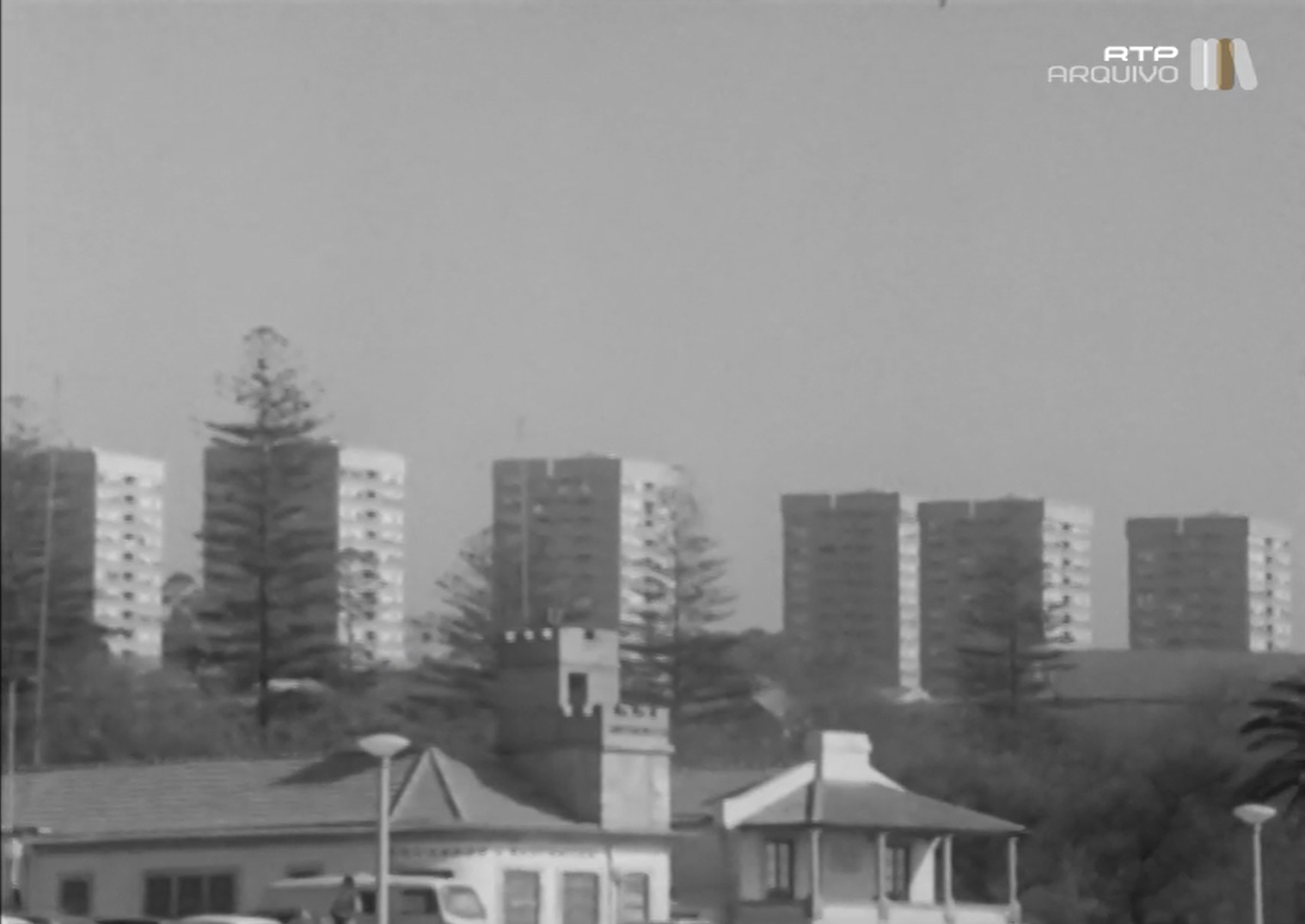
Foz Velha: The creation of an image of permanencies and transformations
##plugins.themes.immersion.article.figure##

Abstract
The present proposal uses the television documentary Foz Velha (1975)1, from the series As Pedras e o Homem (1973-1976), produced by RTP (Rádiotelevisão Portuguesa2), as a means to understand the image that is linked to the territory of Foz Velha, in Foz do Douro (Porto). Aware of RTP’s will to promote culture and its ability to condition the viewer’s perception of a certain theme, object or space, we intend to analyse this phenomenon at Foz Velha in the aforementioned documentary, to which contribute the script, the selected shots, and the chosen soundtrack. This intermediality helps determining the sensorial and affective experience of the space. It is noteworthy that the study of this urban area has been focused on the architectural and urbanistic characterization that occurred during the eighteenth and nineteenth centuries, associated with the character of villeggiatura inherent to Foz, lacking a holistic view of the transformations that occurred from the second half of the twentieth century and the perception that is being linked to it. In this sense, the documentary will be analysed through the identification of the places filmed and the survey of associated architectural, urban and social characteristics, as these are pointed out both visually and discursively throughout the documentary, as well as considerations, which are made regarding what is considered to be authentic as opposed to contemporary practices. The existing heterogeneity of Foz Velha will also be characterised through the examination of existing typologies, the materials used, and the ornamental elements of the façades, as well as the size of the plots and urban transformations, displayed at different moments in the documentary. In this way, relationships can be established with the different moments of paradigm change in Foz. With the association of Foz Velha with the idea of an old town, marked by a devout community, with strong links to fishing practices, living a simple and serene domestic life, the documentary makes it possible to trace the profile of the area under study in the 1970s-80s, a period marked by radical urban change, understanding the buildings existing at the time and identifying typologies, materials and elements used. Through comparison with the present day, it is also possible to assess subsequent constructions and interventions in the buildings.
The research also allows us to understand the perception of contemporary buildings as a poor quality architectural conception that de-characterizes the territory, justifying that «it is hurting the harmony of Foz Velha with awful buildings that mean nothing and care little or nothing to conserve the trait of local architecture»3 [00:12:43 - 00:12:58].
Cover image: Visual contrasts in Foz Velha, 1975 (Source: Arquivo RTP. Caria, José, dir. As Pedras e o Homem: Foz Velha [documentary, digital]. Portugal: RTP, 1975, 00:13:50)
References
- Foz Velha. Directed by José Caria. RTP, 1975. Arquivos RTP. .
- It is the Portuguese public television broadcasting.
- Free translation from Portuguese, as the following direct quotes along the article.
- Barreira, Hugo. “Imagens na Imagem em Movimento. Documentos e Expressões” PhD diss., University of Porto, 2017.
- Caria, José, dir. As Pedras e o Homem: Foz Velha [documentary, digital]. Portugal: RTP, 1975. 20 min. arquivos.rtp.pt/ conteudos/foz-velha/
- Carvalho, Maria Filomena. “Arquitectura e Vilegiatura na Foz do Douro (1850-1910)” Master diss., University of Porto, 1996.
- Fernandes, Francisco Barata. Transformação e permanência na habitação portuense: as formas da casa na forma da cidade. Porto: Faculty of Architecture of University of Porto, 1999.
- Fernandes, José Alberto Rio. “A Foz” Revista da Faculdade de Letras – Geografia, I série, vol. 3 (1987): 13-56.
- Ferreira, Carlos Melo. “Conversa com José Nascimento” Jornal dos Encontros Cinematográficos 2011. [s.l.]: Associação Luzlinar/Teatro Municipal da Guarda, 2011.
- Ferreira, Nuno, and Rocha, Manuel Joaquim Moreira da. “Etapas de consolidação da paisagem urbana do Porto contemporâneo: da programação dos Almadas ao plano de 1952” CEM – Cultura, Espaço & Memória, vol. 4 (2013): 191-230.
- Moura, Nuno. “A Foz do Douro: evolução urbana” Master diss., University of Porto, 2009.
- Oliveira, J. M. Pereira. “O espaço urbano do Porto: condições naturais de desenvolvimento” PhD diss., University of Coimbra, 1973.
- Reis, Madalena Soares dos. 2008. “A programação televisiva revolucionária RTP 1974-1975” Master diss., University of Lisbon, 2008.
- Teves, Vasco Hogan. História da Televisão em Portugal, 1º vol. Lisboa: Ed. TV Guia, 1998.
- Teves, Vasco Hogan. “RTP chega mais longe”. In RTP 50 anos de história, coordinated by Vasco Hogan Teves (RTP, 2007). museu.rtp.pt/livro/50Anos/Livro/DecadaDe70/RTPChegaMaisLonge/default.htm.
- Santos, Marisa Pereira. “A procissão dos Passos da Paixão de São João da Foz do Douro: um registo fílmico documental”
- Revelar vol. 4 (2019): 100-118.